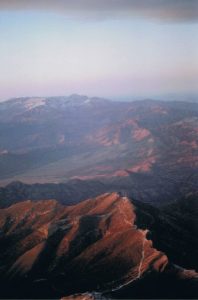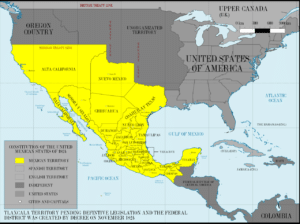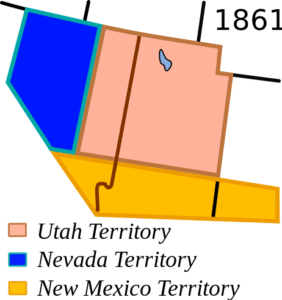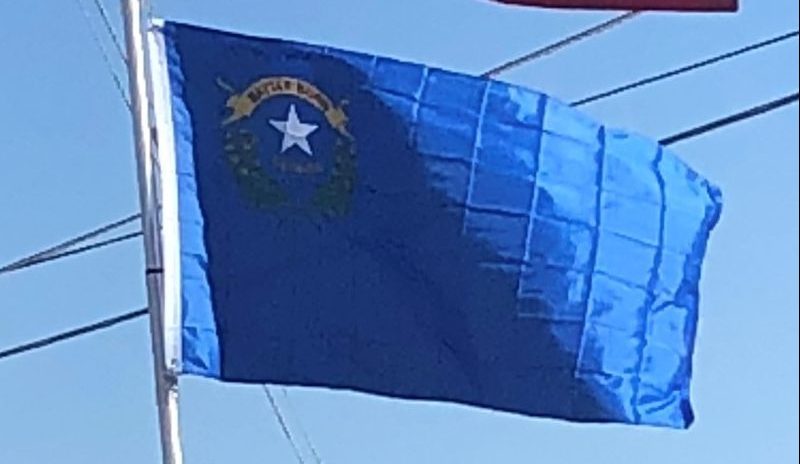The mountain ranges, some of which have peaks above 13,000 feet , harbor lush forests high above desert plains, creating sky islands for endemic species. The valleys are often no lower in elevation than 3,000 feet, while some in central Nevada are above 6,000 feet.

The southern third of the state, where the Las Vegas area is situated, is within the Mojave Desert. The area receives less rain in the winter but is closer to the Arizona Monsoon in the summer. The terrain is also lower, mostly below 4,000 feet, creating conditions for hot summer days and cool to chilly winter nights.
History:
Earliest Exploration and Settlement:
Francisco Garcés was the first European in the area. Nevada was annexed as a part of the Spanish Empire in the northwestern territory of New Spain. Administratively, the area of Nevada was part of the Commandancy General of the Provincias Internas in the Viceroyalty of New Spain. Nevada became a part of Alta California (Upper California) province in 1804 when the Californias were split. With the Mexican War of Independence won in 1821, the province of Alta California became a territory (state) of Mexico, with a small population.

Jedediah Smith entered the Las Vegas Valley in 1827, and Peter Skene Ogden traveled the Humboldt River in 1828. When the Mormons created the State of Deseret in 1847, they laid claim to all of Nevada within the Great Basin and the Colorado watershed. They also founded the first white settlement in what is now Nevada, Mormon Station (modern day Genoa), in 1851. In June 1855, William Bringhurst and 29 fellow Mormon missionaries from Utah arrived at a site just northeast of downtown Las Vegas and built a 150-foot square adobe fort, the first permanent structure erected in the valley, which remained under the control of Salt Lake City until the winter of 1858–1859.
As a result of the Mexican–American War and the Treaty of Guadalupe Hidalgo, Mexico permanently lost Alta California in 1848. The new areas acquired by the United States continued to be administered as territories. As part of the Mexican Cession (1848) and the subsequent California Gold Rush that used Emigrant Trails through the area, the state’s area evolved first as part of the Utah Territory, then the Nevada Territory.
Separation From Utah Territory:
On March 2, 1861, the Nevada Territory separated from the Utah Territory and adopted its current name, shortened from Sierra Nevada.

Statehood:
Eight days before the presidential election of 1864, Nevada became the 36th state in the union. Rather than sending the Nevada State Constitution to Washington DC by Pony Express to save time the full text of the State Constitution was sent by Telegraph at a cost of $3,416.77—the most costly telegraph on file for a single dispatch. Finally the response from Washington DC on October 31, 1864 was “the pain is over, the child is born, Nevada this day was admitted into the Union”. Statehood was rushed to the date of October 31 to help ensure Abraham Lincoln‘s reelection on November 8 and post-Civil War Republican dominance in Congress, as Nevada’s mining-based economy tied it to the more industrialized Union. As it turned out, however, Lincoln and the Republicans won the election handily, and did not need Nevada’s help.
